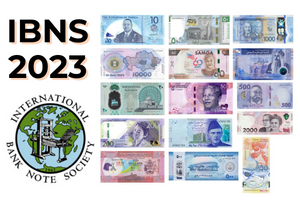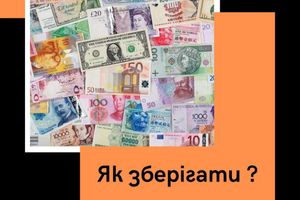1. Touch test (Tactile elements)
Real banknotes have a special texture that can be felt when touched. This is especially true for embossed elements such as the denomination, portraits, or certain design elements. Counterfeit banknotes are often made of smooth paper, and tactile elements may be absent or not sufficiently embossed.
2. Light watermark
When you look at a banknote against the light, you can see a watermark, which usually duplicates a portrait or other important design element. Counterfeits usually either do not have a watermark or it looks fuzzy, produced by printing instead of genuine technology.
3. Security thread
Genuine banknotes often have a metal or polymer security thread embedded in the paper that becomes visible when the banknote is passed through. Counterfeits either do not have this thread at all or it is printed on the surface of the banknote rather than being integrated into the paper.
4. Micro-printing
Genuine banknotes use microtexts - very small letters or numbers that are difficult to see without a magnifying glass. Counterfeiters often cannot reproduce such details properly, and the text appears blurred or indistinct.
5. Holographic elements
Some banknotes have holographic images that change when the banknote is tilted at different angles. Counterfeits either do not have holograms or use low-quality holograms that do not create the desired effect.
6. Discoloration of ink (optical effects)
Some elements on genuine banknotes, usually the denomination or special characters, change color when tilted. On counterfeit banknotes, this effect is either absent or looks incorrect.
7. Ultraviolet light (UV marks)
When a banknote is examined under ultraviolet light, hidden symbols or lines appear on genuine banknotes that are not visible under normal light. Counterfeits often do not have such elements or they look incorrect.
8. Checking under infrared light
Infrared ink is used on many modern banknotes. Under infrared light, some parts of the design on a genuine banknote can “disappear”. Counterfeits rarely use this type of ink.
9. Serial number
Genuine banknotes have a clearly printed serial number that meets strict standards. On counterfeits, the serial number may be unclear, or even the same on several banknotes, which is a direct indication of counterfeiting.
10. Paper
Genuine banknotes are printed on special cotton or polymer paper that is difficult to counterfeit. Counterfeits are often made of cheaper paper that can be quickly detected by a soft feel or a noise when bent.
These are reliable methods for verifying the authenticity of banknotes. Using several methods at the same time increases the likelihood of detecting counterfeits. For a detailed check, you can also use special equipment, such as ultraviolet or infrared detectors (such equipment does not cost much. And if you are a collector with ambitions, then it is worth considering such an investment. Who knows, maybe it will save you much more than its cost).
Happy collecting to all.
Vitaliy Cherniuk - co-founder of World Banknote Store

























